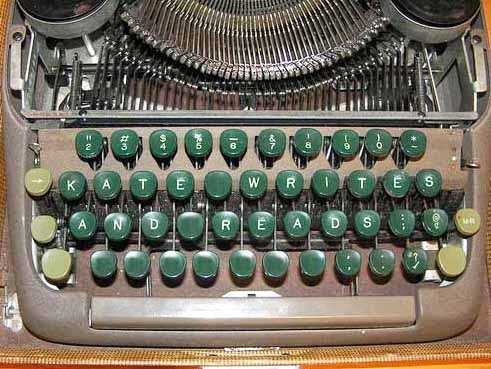One of the books I read in May (of which more in a separate
post) was Between You & Me: Confessions of a Comma Queen by Mary Norris. She has spent more than thirty
years in The New Yorker’s copy department. Her descriptions of some of the most
common problems in spelling, punctuation, and usage – and how to fix them – are
made in an amusingly helpful manner.
I fell out with her over her objections to putting a hyphen
in ‘coworker’ but I completely forgave her when I read the chapter – yes, a whole chapter – on pencils and pencil sharpeners called Ballad of a Pencil Junkie.
I was soooo jealous to find out that in her early days at The New Yorker: ‘There was an office boy
who came around in the morning with a tray of freshly sharpened wooden pencils.’
Obriously that doesn’t happen anymore … and I totally
empathise with her current frustrations over having to use pencils which are lovely
and pointy when new but whose lead breaks the first time they are sharpened. Is
the pencil the problem, or the pencil sharpener?
After I read that bit I stopped and counted up the number of
pencils I had that were in various stages of bluntness – there were EIGHTY-EIGHT.
Pencils are a cheap and useful souvenir –eg I have pencils from the
Giant’s Causeway; Ellis Island; the 9/11 memorial; the Louisa M. Alcott House
in Concord; Holland; the pencil museum in Cumbria; a Caledonian McBrayne ferry; the
Imperial War Museum; Liverpool Cathedral; the National Library of Scotland; and
(my favourites) three from the shop of the Rhode Island School of Art and Design which are
pure graphite (when I dropped one of them it snapped clean in half).
A pencil is my writing implement of choice for shopping
lists, other lists, lists of lists … And I love my laptop but if I get stuck
when writing a story, or I want to write somewhere I don’t have the laptop with
me, I reach for paper and pencil. The brain can make connections on paper that
it doesn’t onscreen, plus it’s easier not to listen your inner editor and keep
going, rather than polishing sentence by sentence.
I kept reading snippets out to my ever-patient
husband:
‘guess what, there’s a
pencil sharpener museum in Logan, Ohio’
‘someone called David Rees has written a book called How to Sharpen Pencils’
‘David Rees “specialises in the artisanal sharpening of No
2 pencils” and charges $15 a time’!
When I came to Mary Norris’s advice on what constitutes a
decent pencil sharpener (an all-metal industrial strength X-acto, Boston Ranger 55) he must have detected a longing tone in my
voice because he asked me if I’d like one as a birthday present.
Who needs chocolates or roses? Lovely though they both are
at the time, ultimately, they: make you spotty/wither.
Pardon? Well, thank you very much for your advice but I have
got a life actually.
It happens to be one that happily embraces punctuation
problems and – oh joy! – it now includes
eighty-eight
perfectly pointed
pencils.


















